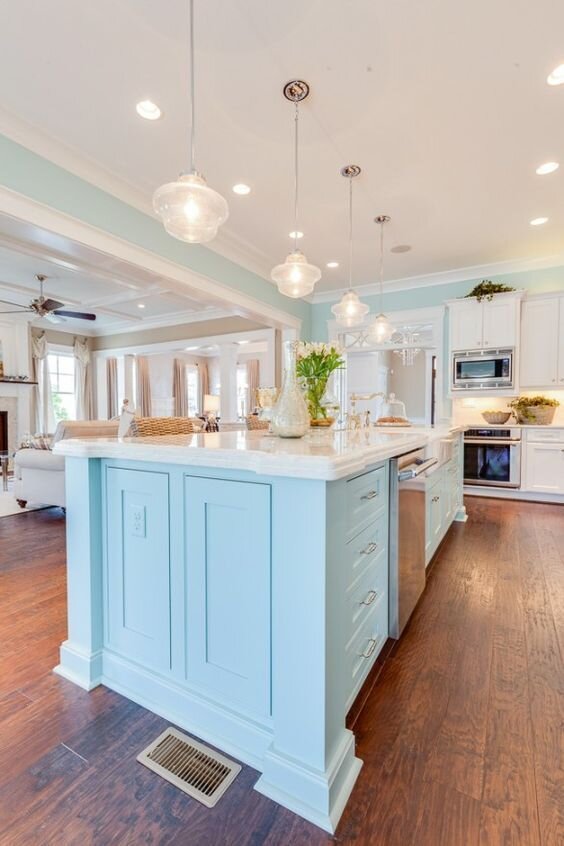Tips to Prepare for and Make It Through a Flood
RH Business Marketing Solutions
Tips to Prepare for and Make It Through a Flood
Millions of people around the world live in flood zones. If you’re one of them, you need to take steps to protect yourself, your family, and your home in the event flooding strikes.
A flood presents an enormous risk to life, limb, and property, and preparing for it improves one’s chances of making it through. Here are some tips that will help you prepare for a flood.
Prepare Your Home
Your home will likely sustain damage, which will require you to hire flood damage restoration experts later. Still, there are some measures you can take that will mitigate some of the damage.
You can, for one, move furniture, appliances, and other essential items to an upper floor, if you have one. If your house has no upper level, you can always build platforms where you can place some of your essentials.
You can also check the grade of your surrounding soil and make sure it achieves a slope that moves water away from your house.
Building barriers like beams, floodwalls, or levees made of sandbags can also give your home some measure of protection during a flood.
To protect your most important documents, keep them in a waterproof container and store it on the higher levels of your home.
It would also be great if you have purchased a flood insurance policy beforehand because it gives you the coverage you need to repair or rebuild your home after a flood.
Assemble An Emergency Kit
Floods are unpredictable and will likely force you to evacuate your home. To prepare for such a situation, you must put together an emergency kit that includes the following items:
Flashlights
Extra batteries
Non-perishable food and water
First-aid kit
Medications
Battery-operated radio
Monitor Flood Warning Systems
The National Weather Service (NWS) issues flood alerts through the Emergency Alert System and the National Oceanic and Atmospheric Administration (NOAA) Weather Radio network. There might also be community-based flood warning systems in your area.
Monitor these flood warning systems and local radio and TV stations for constant updates, especially when severe weather conditions are occurring. That way, you will know if it’s safe to stay, or when it’s time to evacuate.
Have An Evacuation Plan Ready
Evacuation is always a possibility when there’s a danger of flooding, and that’s why you must have an evacuation plan in place for your entire household.
Your flood evacuation plan must include, among other things, escape routes, meeting place away from the house, and a communication plan. Also, don’t forget to turn off the main power switch and close the main gas valve before evacuating.
Stay Off Bridges
Whether you’re in your car or on foot, make sure you steer clear of bridges, especially those situated over rapidly moving water. The bodies of water underneath bridges could also swell up rapidly and wash away everything and everyone on it.
Wait For All-Clear From Authorities
Federal and local authorities are tasked with, among other things, determining when it’s safe for evacuees to return to their homes after a flood. Wait for word from authorities, and go home only when they declare the area safe.
Avoid Driving Through Flooded Areas
Whether you’re escaping during a flood or returning to your home in its aftermath, never drive your vehicle through flooded areas. You could lose control of your car in as little as six inches of floodwater, so don’t even think about it.
Don’t Wade In Floodwater
Floodwater is hazardous to your health. It can be contaminated with chemicals, sewage, animal waste, and all kinds of bacteria. It could also hide debris that can cause injuries. As much as possible, avoid wading in flood water, especially when you’re not wearing protective equipment like safety boots.
Contact Your Insurance Provider
When it’s safe to enter your home, assess the damage and contact your flood insurance provider. Take pictures and videos of damaged parts of your home and submit them to your insurer as you file a claim. The sooner you file a claim, the sooner you’ll get the compensation that will help you clean up and repair the flood damage to your home.
These are just some of the things you can do to prepare for a coming flood and make it through. There are many other steps you can take to better your chances, but the tips above should be a good enough place to start.
Guest Contributor: Rachel Anderson























